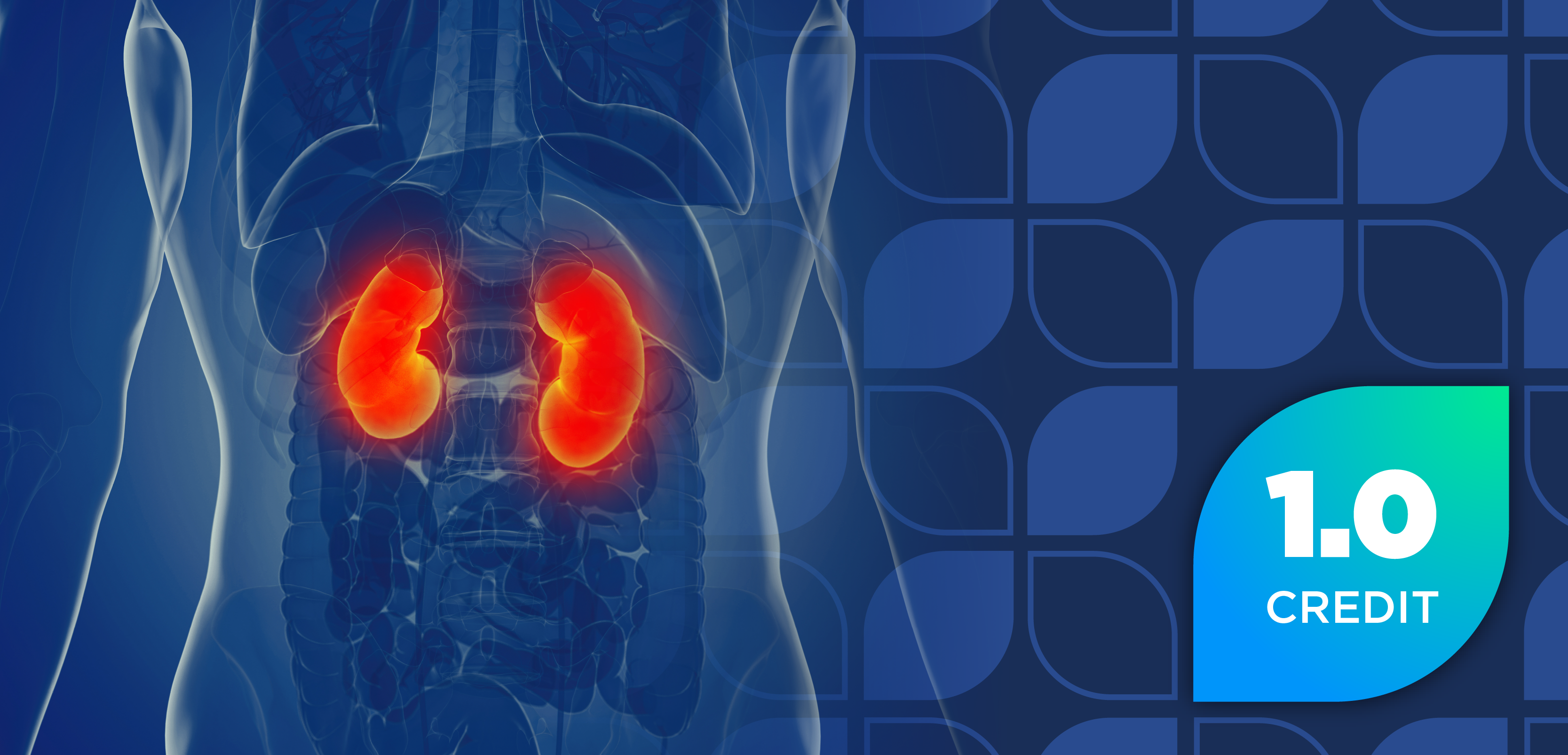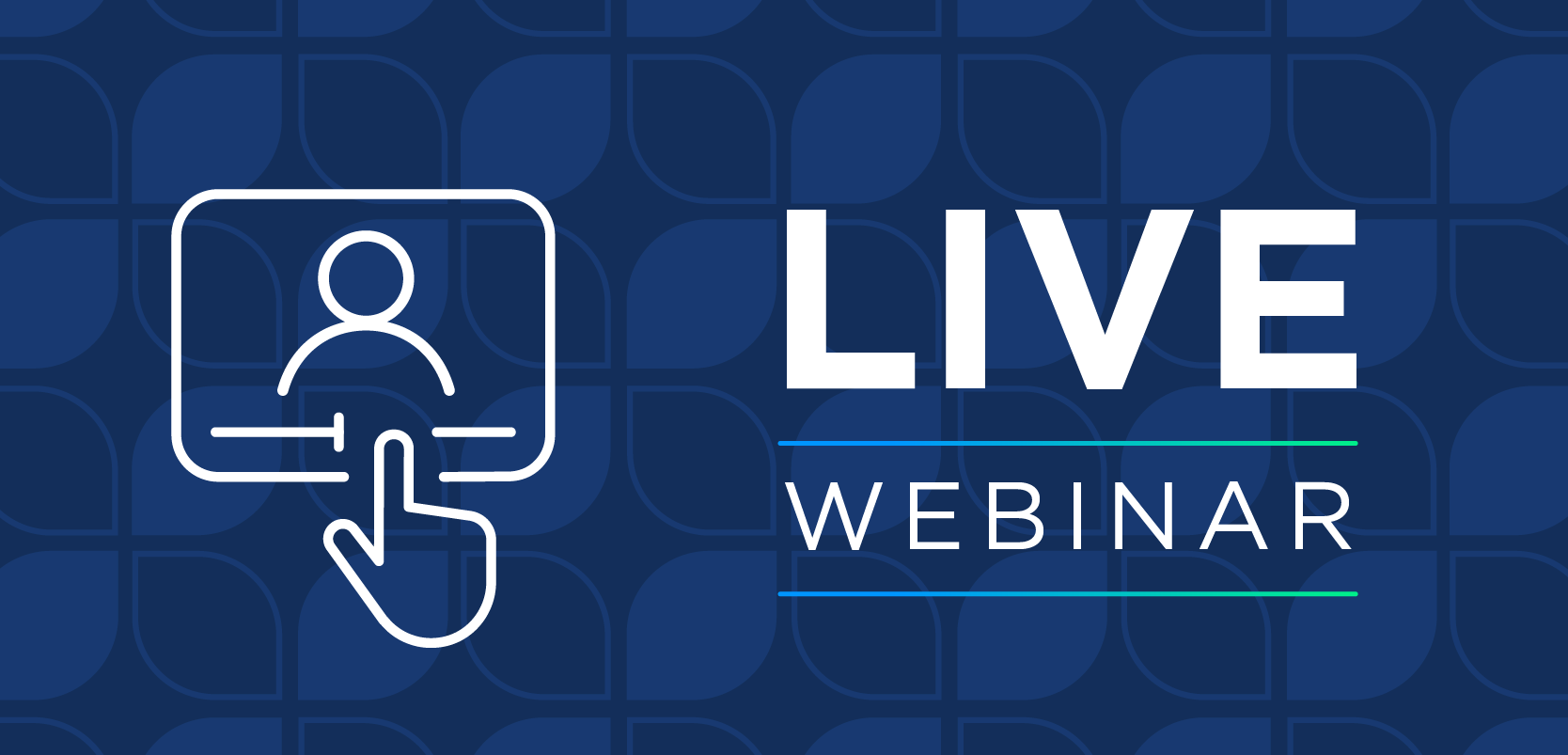
Drivers for Interest in Subcutaneous Treatment in Oncology Practices and Clinic Workflow Changes
Panelists discuss how subcutaneous immune checkpoint inhibitors transform cancer care delivery by streamlining clinical workflows through faster administration in alternative care settings, improving patient quality of life by reducing treatment time and allowing greater flexibility in scheduling, and expanding access through home-based programs that serve rural and underserved populations while maintaining comprehensive monitoring and support systems.
Episodes in this series

Subcutaneous immune checkpoint inhibitors offer substantial operational benefits that extend beyond patient convenience to transform clinical workflows. Health care institutions can potentially administer these therapies in examination rooms, quick injection bays, or dedicated subcutaneous checkpoint inhibitor areas, significantly reducing the 45-minute to hour-long wait times typically required for infusion chair assignment. This workflow redesign eliminates multiple steps including pharmacy mixing, medication delivery, infusion pump setup, and venipuncture attempts, streamlining the treatment process while maintaining comprehensive assessment and appropriate laboratory monitoring according to institutional protocols.
Quality of life improvements for patients receiving cancer treatment represent a primary driver for subcutaneous adoption, with clinical studies demonstrating superior patient-reported outcomes compared with intravenous administration. Patients describe feeling more in control and less defined by their cancer diagnosis when receiving quick injections rather than sitting in infusion chairs for extended periods. The cumulative reduction in waiting time—from clinic check-in through laboratory visits to medication preparation—allows patients to minimize life disruptions, potentially stopping for treatment during work commutes or lunch breaks rather than dedicating entire days to cancer care appointments.
The potential for home-based administration further expands access to cancer treatment, particularly for patients in rural or underserved areas. Programs like Mayo Clinic’s Cancer Care Beyond Walls demonstrate successful home administration of subcutaneous nivolumab through wraparound support systems including central command centers, home nursing staff, and paramedic dispatch capabilities. Patients enrolled in home-based treatment programs express strong preference for continuing this model rather than returning to traditional clinic visits. This approach enables health care systems to reach patients in remote locations while addressing the operational reality that home infusion services may impact institutional drug revenue if outsourced to external companies.
Newsletter
Stay informed on drug updates, treatment guidelines, and pharmacy practice trends—subscribe to Pharmacy Times for weekly clinical insights.























































































































































































































